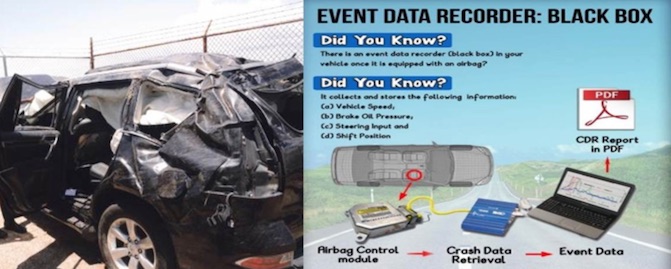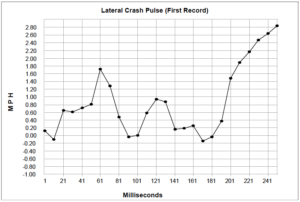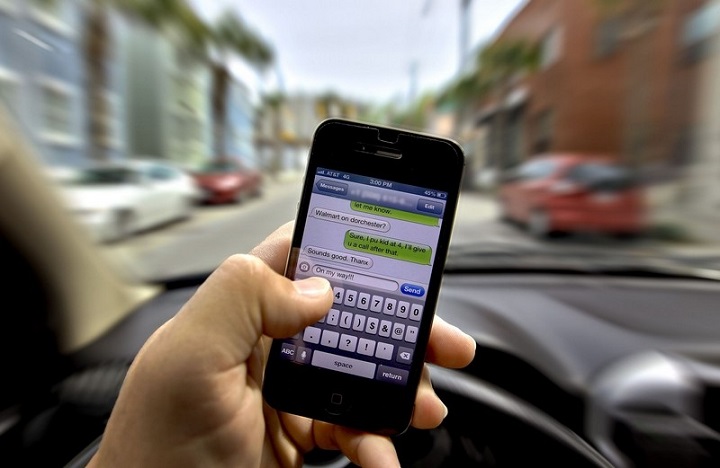Many distractions exist while driving. Use of cellular phones while driving is a top distraction. Most new vehicles are equipped with hands-free technology, leading drivers to believe that talking via bluetooth is safe. However, this is not the case. In fact, human factors research shows that our brains remain distracted from the task of driving for several minutes even after hanging up a call. According to the National Safety Council, the use of cell phones while driving causes approximately 26% of motor vehicle crashes.

Human factors research shows that cell phone usage while driving is associated with increased reaction time, decreased situational awareness, more impulsive responses, and shrinks a drivers search area. Further, drivers exhibit less attention to objects even when looking directly at them. Moreover, “Impairments associated with using a cell phone while driving can be as profound as those associated with driving while drunk”. Hands free (Bluetooth) cell phone use is no less distracting than hand-held. What makes cell phone usage particularly dangerous is that drivers do not appreciate that their abilities are impaired due to distraction. Drivers distracted due to the use of cellular phones have little or no input to allow them to appreciate the things they did not see, or the things they looked at and did not process adequately.




 Specialized equipment is required to access the EDR.
Specialized equipment is required to access the EDR.